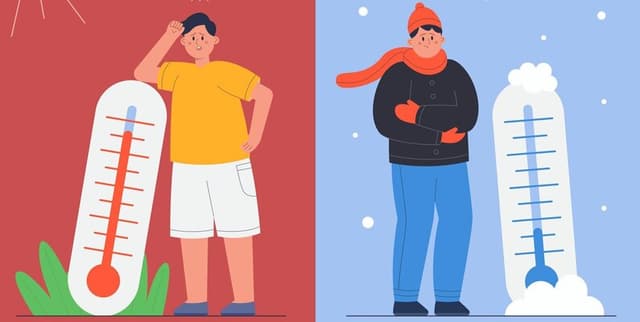Sub-Optimal Temperature Mortality Data
Data Science and Analytics
Tags and Keywords
Trusted By




"No reviews yet"
Free
About
This data explores mortality related to extreme temperatures. It provides estimates of premature deaths caused by both heat and cold conditions globally. The figures demonstrate that sub-optimal temperatures lead to a substantial number of premature deaths annually, estimated to be several million every year. It is important to note that most deaths are not recorded directly as "heat" or "cold" on death certificates; rather, they result from temperature influencing underlying conditions such as cardiovascular disease, respiratory infections, or diabetes. The dataset allows users to compare mortality rates attributed to extreme cold, moderate cold, moderate heat, and extreme heat. Deaths resulting from moderate cold conditions are observed to vastly outnumber those linked to heat.
Columns
- country: The name of the country.
- code: The unique code representing the country.
- year: The specific year the mortality data was recorded.
- extreme cold: The estimated figures for deaths related to extremely cold temperatures.
- moderate cold: The estimated figures for deaths related to moderately cold temperatures.
- moderate heat: The estimated figures for deaths related to moderately hot temperatures.
- extreme heat: The estimated figures for deaths related to extremely hot temperatures.
Distribution
The data is contained within a file named
deaths-temperature-gasparrini new.csv. It is supplied in CSV format. The file size is 610 B and consists of 7 columns. The sample data provided includes 14 total records. The expected update frequency for this dataset is annually.Usage
This dataset is ideal for quantifying and analysing the human toll of thermal extremes. It can be used to examine how the number of people dying from heat and cold varies across different countries. Researchers can utilise this data to estimate how much earlier people die due to temperature conditions, potentially reducing lifespans by at least one year for most people affected. Furthermore, the dataset supports studies forecasting how these mortality risks might evolve in the future due to global climate change.
Coverage
The geographic scope includes observations from 14 different countries. The time range, based on the analysed samples, focuses on the year 2015. Demographically, the data pertains to overall temperature-related mortality, which predominantly affects older populations, with most deaths occurring in people older than 65.
License
CC0: Public Domain
Who Can Use It
- Public Health Researchers: To study epidemiological patterns and the linkage between environmental temperatures and chronic illness fatalities (e.g., cardiovascular disease).
- Climate Scientists and Modellers: To integrate historical mortality impacts into climate change risk assessments and projections.
- Governmental Policy Makers: To inform public health strategies and resource allocation aimed at protecting vulnerable populations, especially the elderly, from extreme weather.
Dataset Name Suggestions
- Global Mortality from Cold and Heat Conditions
- Temperature-Related Excess Death Estimates
- Impact of Thermal Extremes on Public Health
- Sub-Optimal Temperature Mortality Data
Attributes
Original Data Source: Sub-Optimal Temperature Mortality Data
Loading...
